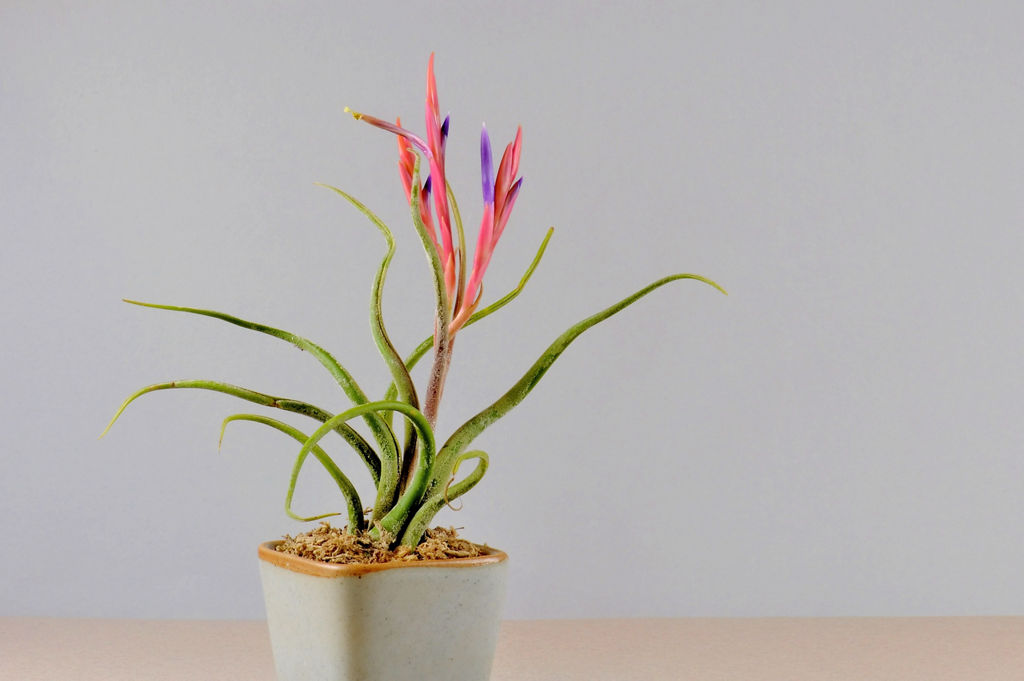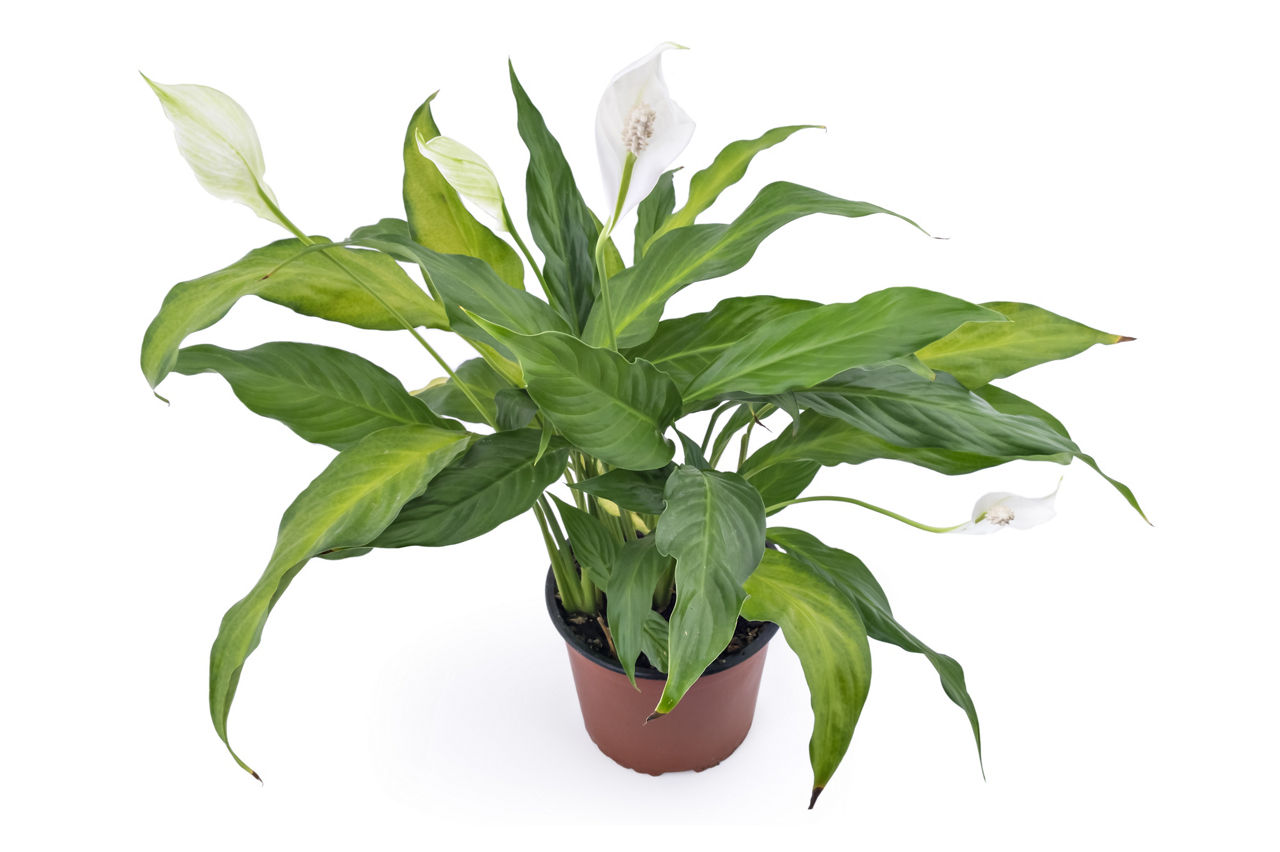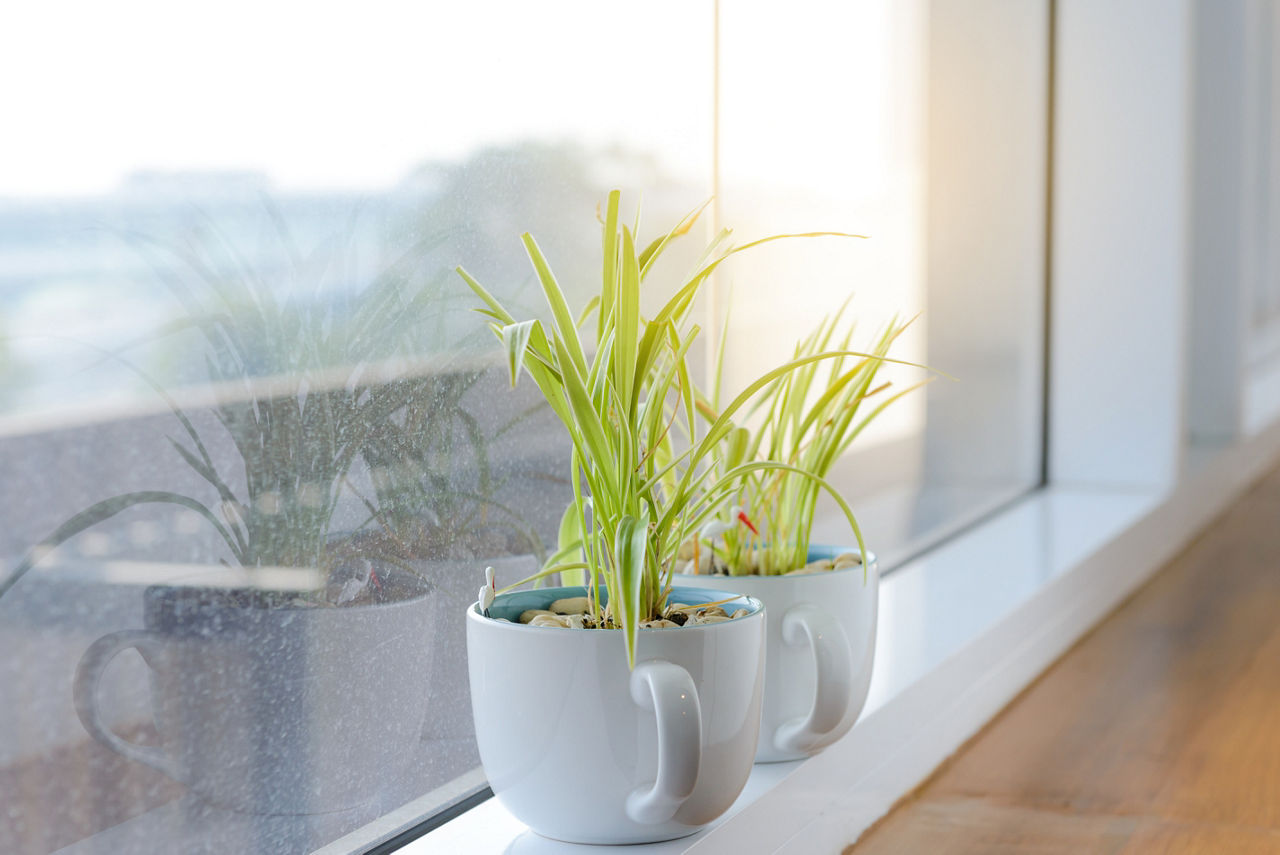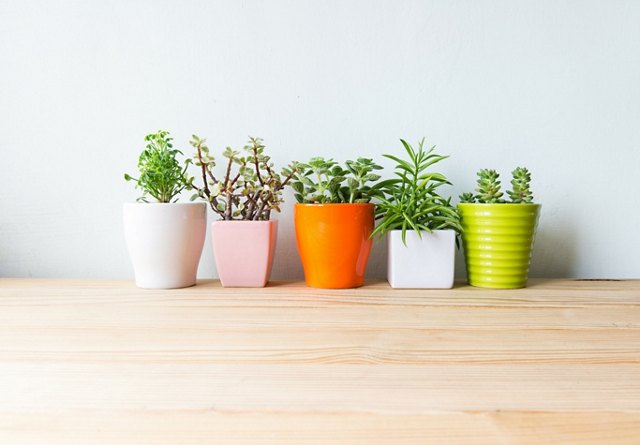Horticulturist Gives (Green) Thumbs Up on Best Indoor Plants for Your Apartment
With spring having just sprung, what better way to ring in the season than by getting your green thumbs dirty. If you live in an apartment, chances are you don’t have access to a plot of land to hone your gardening skills. Fortunately, you don’t need one.
Whether you’re a beginner, pet owner or lazy gardener, there are numerous plants you can grow right in the comfort of your apartment home. With guidance from Certified Professional Horticulturist Leslie F. Halleck, here are some of the best houseplants to help kick-start your spring and breathe new life into your apartment.
For the Beginner Botanist
Golden Pothos and Air Plants (Tillandsia)

Halleck, who has just written the book Gardening Under Lights: The Complete Guide for Indoor Growers, also suggests trying small air plants, or tillandsia. “They can be very easy for beginners to experiment with. They don't require soil. Just submerge them in some water once a week for a minute or so, and you're good to go.”
For Apartments with Minimum Light
Cast-Iron Plant and Rubber Plant

The rubber plant is another great option. This ficus requires light — but not too much. Also, it’s best to feed it with a weak liquid fertilizer to prevent fast growth. Halleck cautions: “Do not mistake the rubber plant for the most popular ficus, fiddle leaf fig. Fiddle leaf fig needs brighter light conditions to thrive.”
Before settling on one or both of these plants, take Halleck’s advice into consideration. “Indoor light levels can vary dramatically depending on how many windows you have and their exposure. The amount of light your plants receive right next to a window will be much greater than if you move the plant to the middle of the room.”
For Boosting Air Quality in Your Apartment
Boston Fern and Peace Lily

The peace lily’s broad, dark green leaves are known for absorbing common household toxins such as benzene and trichloroethylene. They also complement most apartment styles, especially rustic décor.
Halleck says: “Be aware that ferns and peace lilies will require more regular watering than other air-purifying plants.”
For the Busy or Lazy Green Thumb
ZZ Plant and Snake Plant

The ZZ plant and snake plant need little light and water to survive. Since both plants have thick, wavy leaves, they’re perfect complements to each other when placed side by side.
For the Pet Owner
Spider Plant and Haworthia

Spider plants have been household staples for generations because of their graceful arching leaves and easy maintenance. They are typically grown from hanging baskets, so be sure to place your basket high enough if your feline pal likes to swipe at dangling objects.
Although it looks like an aloe, a Haworthia is a much safer plant for cats and dogs. It’s a slow-growing succulent that thrives well in humid conditions. Halleck notes, “Succulents are very popular houseplants right now, but most succulents are high-light plants. While you can maintain them for short periods in your apartment, they may decline over time in low light. Try Haworthia succulents, which can live happily on a bright windowsill. They are also a great choice for forgetful waterers.”



